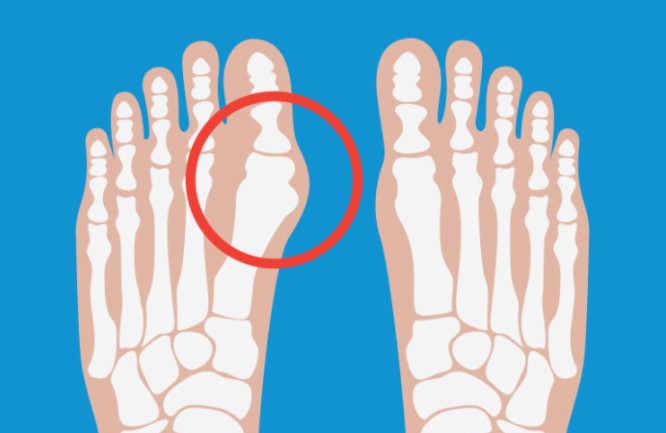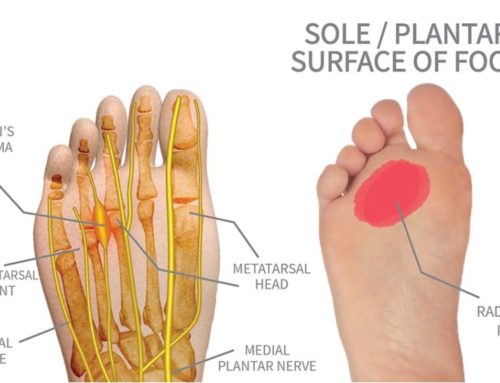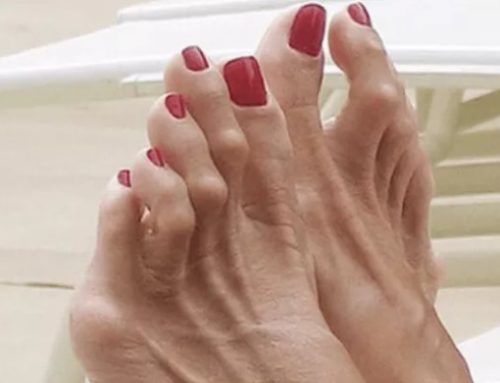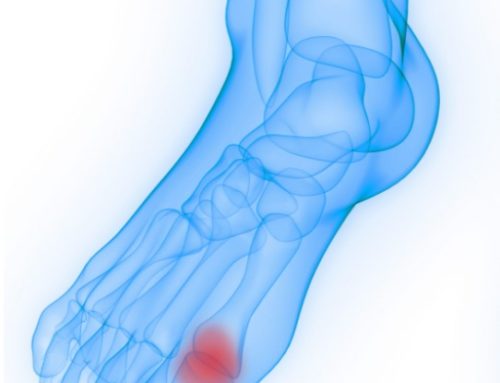
What Is a Bunion?
A Bunion, also referred to as Hallux Valgus deformity, is often described as a bump on the side of the big toe. The bump reflects changes in the bony framework of the front part of the foot. The big toe moves toward the second toe, rather than staying straight.
Bunions are a progressive disorder, meaning that they generally worsen over time. They begin with a slight change of the big toe, gradually changing the angle of the bones over the years and subsequently producing the “bump”, which becomes increasingly prominent and painful. Symptoms usually do not appear until later stages of life. Some patients may have a large deformity and never have symptoms.
What Causes a Bunion?
Bunions are caused by an inherited insufficient mechanical structure. The bunion is not necessarily inherited but certain foot types can cause patients to develop a bunion. Shoes that wedge or crowd the toes make the deformity more symptomatic and painful.
What are the Symptoms of a Bunion?
- Pain or soreness on the inside of the foot behind the great toe or along the joint.
- Inflammation and redness over the “bump”
- A burning sensation next to the great toe
- Possible Numbness
- Pain in the lesser digits or metatarsal heads due to compensation
Symptoms typically occur when you’re standing or walking for extended periods of time. They also can occur when wearing shoes that wedge or crowd the toes. For example, shoes with a small, narrow toe box or high heels.
How is a Bunion Diagnosed?
Bunions are usually apparent because of a visible prominence, (bump) and at times smaller toe contracture (called hammertoes) or deviation if the great toe is pressing on the lesser toes.
Podiatric surgeons assess range of motion at the joint as well as examine the forefoot via palpation.
X-rays are ordered to determine the degree of the deformity and to assess the changes that have occurred.
Due to the often progressive nature of bunions, they do not spontaneously resolve. Some bunions are worse than others. Despite the progressive nature, some bunions do not cause symptoms or discomfort. There is a varying degree of symptoms and pathology from patient to patient.
Is there Non-Surgical Treatment For My Bunions?
Treatments are based on how long the deformity has been present, the severity of symptoms, the laxity of the adjacent joints, and the amount of damage to the big toe joint. Conservative treatments are aimed at easing the pain of bunions, not reversing or correcting the deformity.
Changes in shoe gear- choose shoes with a wide toe box and avoid pointed shoes
Padding – pads placed over the area of the bunion can help minimize pain
Splinting- there are devices that help splint the toe into better alignment therefor minimizing pain and assisting with joint motion.
Activity modification – avoid long periods of standing, walking or running
Medications- Oral NSAIDS, may help reduce pain and inflammation
Ice – applying an ice pack can also help reduce pain and inflammation
Injection therapy – injections of corticosteroids may be useful in decreasing inflammation treating early arthritic changes
Custom orthotics – devices that are specifically made to for your specific foot type and help correct and support the underlying foot structure and stabilize motion
When is Surgery Indicated?
If conservative treatments fail to relieve pain and when pain interferes with daily activities, surgery may be indicated. Podiatric surgeons select the best procedure to remove your deformity and relieve pain associated with the bunion deformity. Together with your surgeon, consideration will be taken in regards to the extent of your deformity, radiographic findings, as well as age and activity level. The recovery period will vary depending on the procedure performed.
Surgery is an outpatient procedure and is scheduled at your convenience. Weightbearing status following surgery also depends on the procedure performed; however, periods of rest and elevation following surgery are a must.
If you have any questions or concerns, please call Quality Foot Care at 215-230-9707 for a comprehensive examination and expert treatment.




Leave A Comment